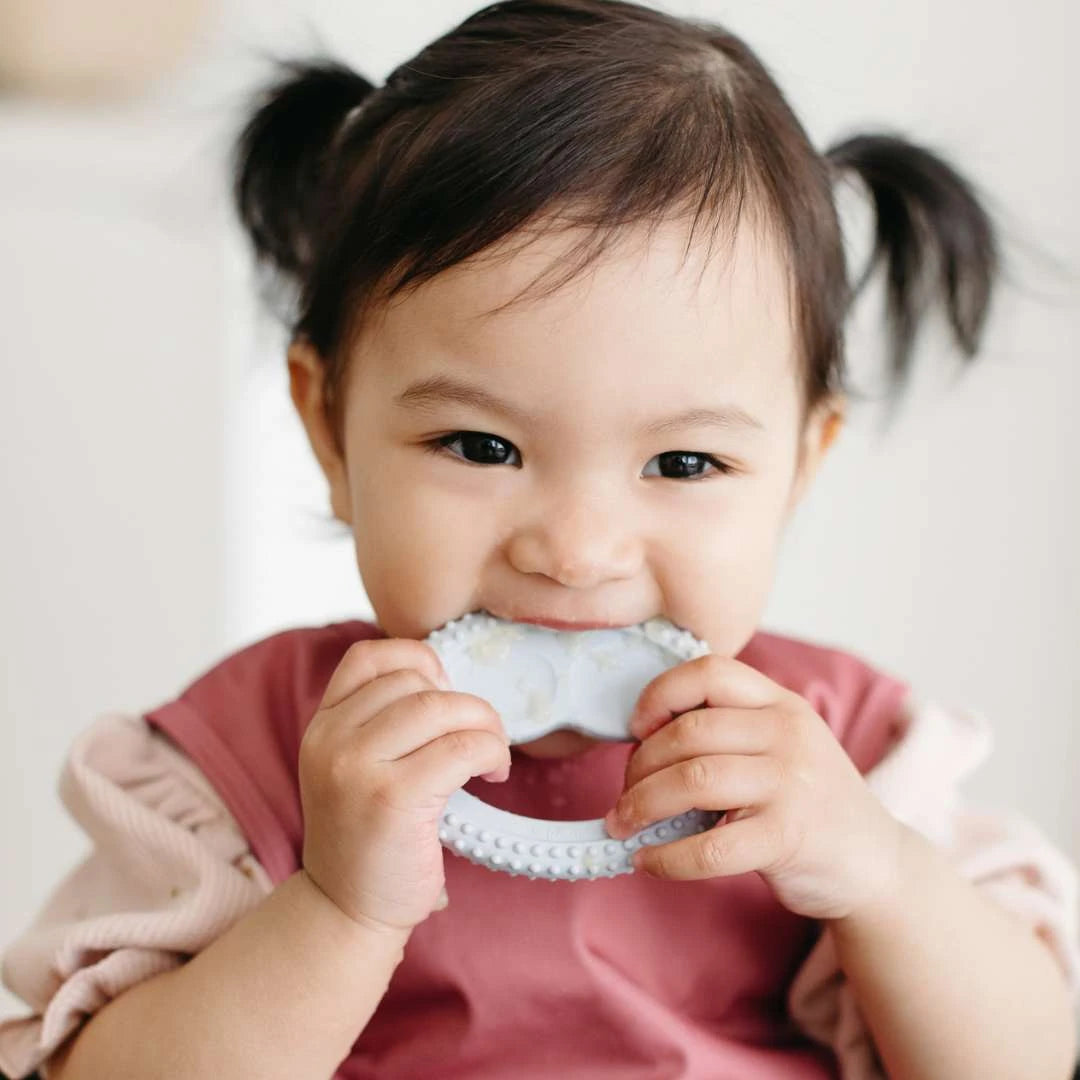
Best Sellers
Top-rated baby feeding products parents love—our best sellers collection is filled with...
Top-rated baby feeding products parents love—our best sellers collection is filled with...
$0.00 CAD
Excellent 4.6 | 7500+ Customers
Feeding Confidence Starts Here.
From first bites to family meals, we guide you through a lifetime of mealtime milestones.
SHOP FEEDING ESSENTIALS
Thoughtfully Designed by Experts
Non-Toxic Materials
Made For Specific Ages & Stages




Why You’ll Love the ezpz Tiny Placemat The Tiny Placemat is a practical mealtime helper that sticks with...


Why You’ll Love the ezpz Happy Bowl The ezpz Happy Bowl is designed to make mealtime less messy...


The Happy Mat is a mealtime essential that makes eating more fun and a lot less messy for...


The Baby-led™ Tiny Bowl by ezpz makes introducing first foods a breeze, whether you’re offering purees, yogurt, or...


The ezpz Mini Mat is a top choice for baby-led weaning, making mealtime simpler and less messy for...


The ezpz Mini Placemat is endlessly versatile, designed to keep up with all of your toddler’s messes Made...


Why You’ll Love the ezpz Mini Bowl The ezpz Mini Bowl is thoughtfully designed for infants and toddlers,...


Why You’ll Love the ezpz Tiny Placemat The Tiny Placemat is a practical mealtime helper that sticks with...


Why You’ll Love the ezpz Happy Bowl The ezpz Happy Bowl is designed to make mealtime less messy...


The Happy Mat is a mealtime essential that makes eating more fun and a lot less messy for...


The Baby-led™ Tiny Bowl by ezpz makes introducing first foods a breeze, whether you’re offering purees, yogurt, or...


The ezpz Mini Mat is a top choice for baby-led weaning, making mealtime simpler and less messy for...


The ezpz Mini Placemat is endlessly versatile, designed to keep up with all of your toddler’s messes Made...
Expert-designed essentials, thoughtfully curated for every feeding milestone.
Get ready for the foodie journey and get set before baby's first...
Safe, practical choices for your babe’s first bites. This 6-12 month collection...
Get ready to bond over the highchair tray! This 12-24 month collection...
Mealtime essentials for toddlers and preschoolers. This 2-5 year collection is all...
Designed for kids 5 and older, the Big Kids collection offers high-quality,...
Every product we carry is thoughtfully chosen to make your feeding journey safer, easier, and more joyful — from first bites to family meals.







We developed a free personalized feeding support tool to guide you through Baby-Led Weaning, purees, and every mealtime milestone — anytime you need it.
You'll need a free ChatGPT account to access.
There are a few things (ok more than just a few) that we look for when selecting goods for babies and toddlers. From the collection, these are the best-sellers at the moment.
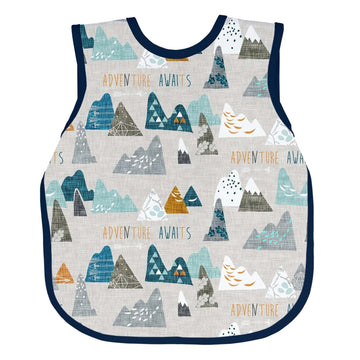
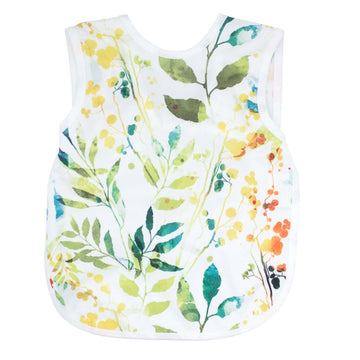
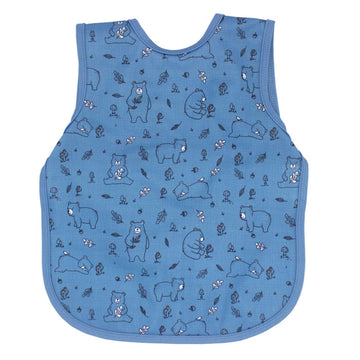
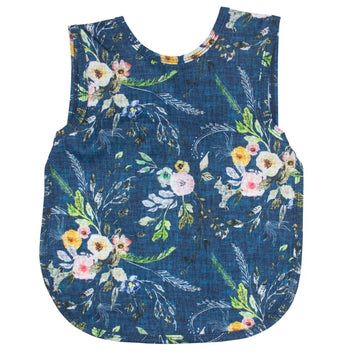
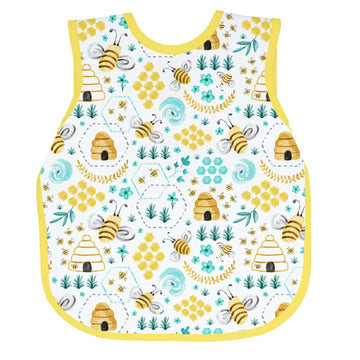
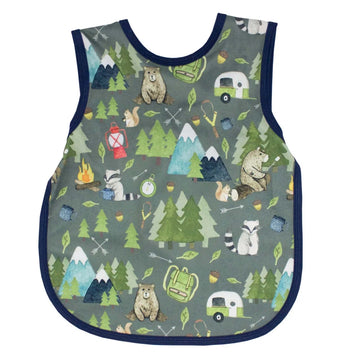
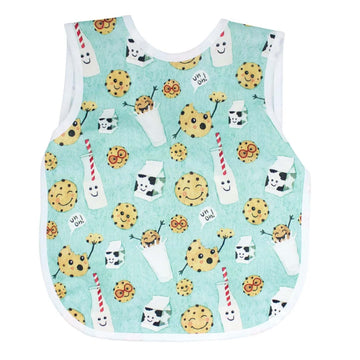
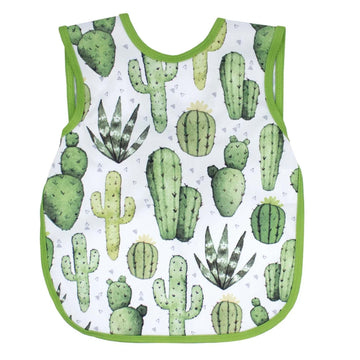
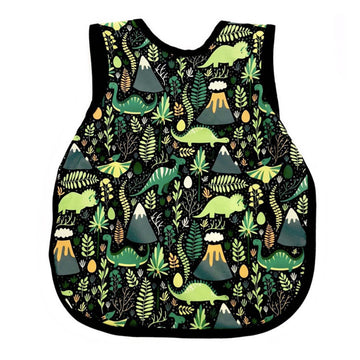
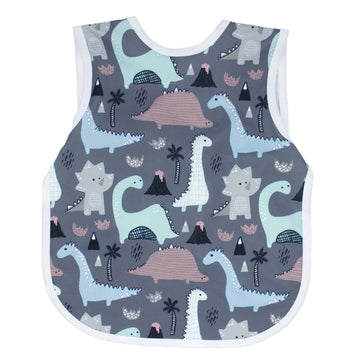
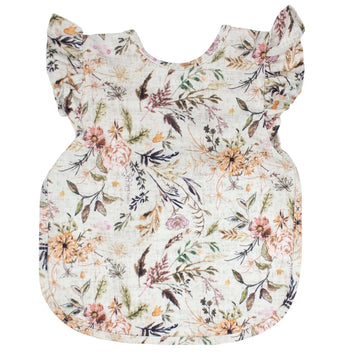



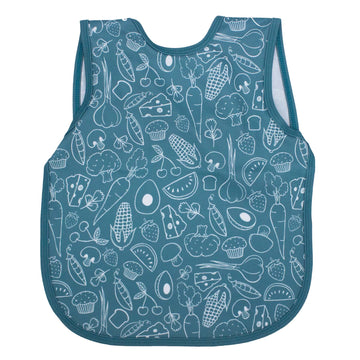
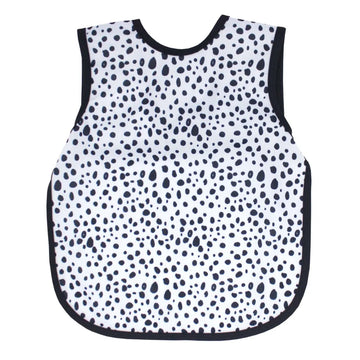
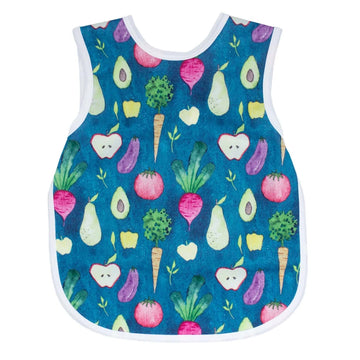
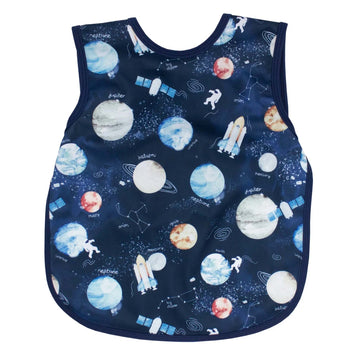
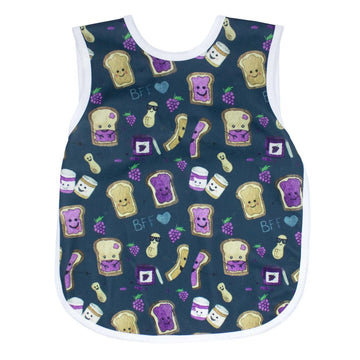
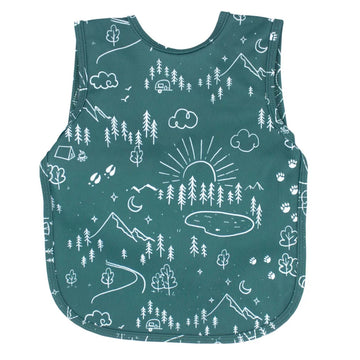

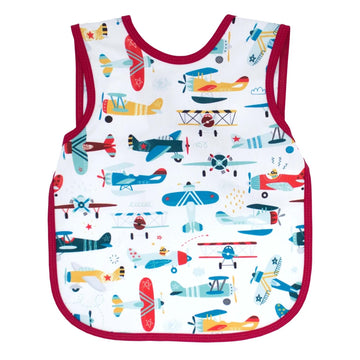


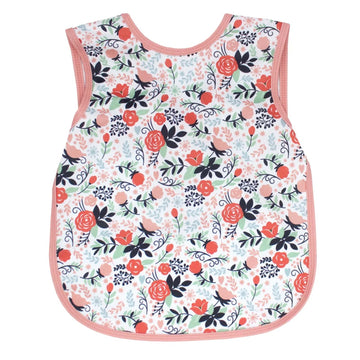

4.83 / 5.0
(29) 29 total reviews


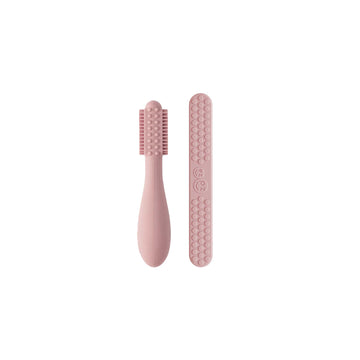
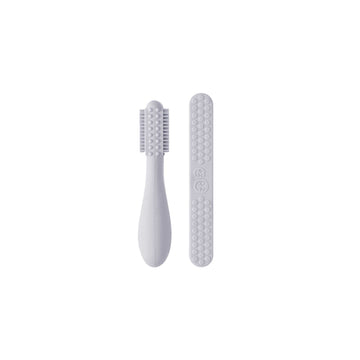
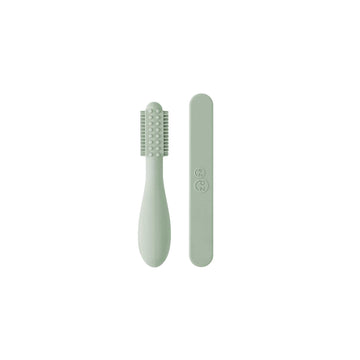
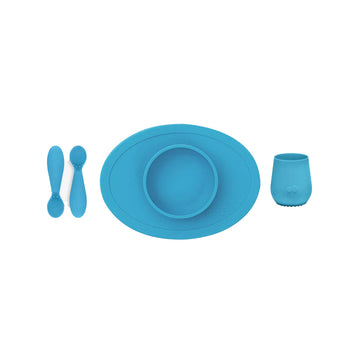
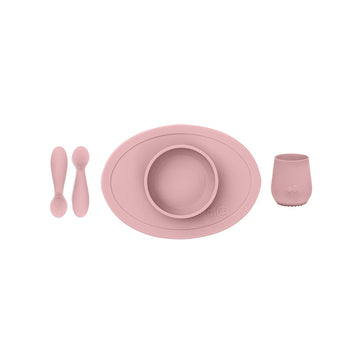
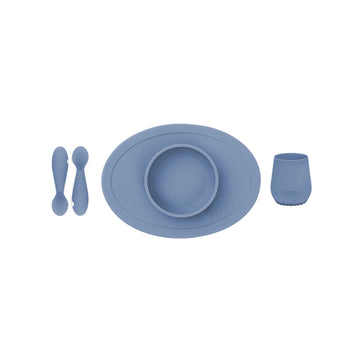
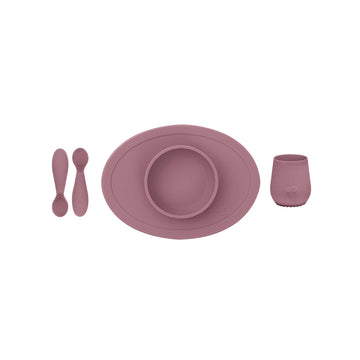
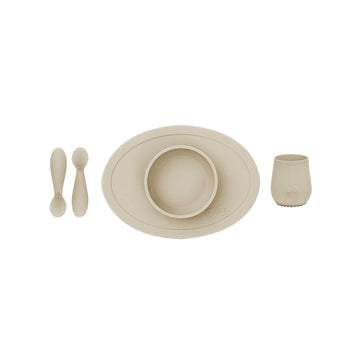
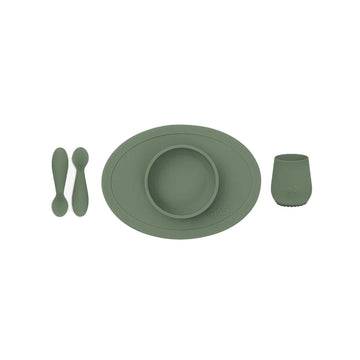
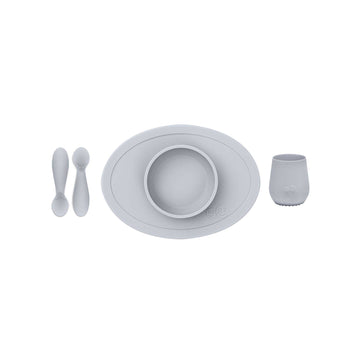
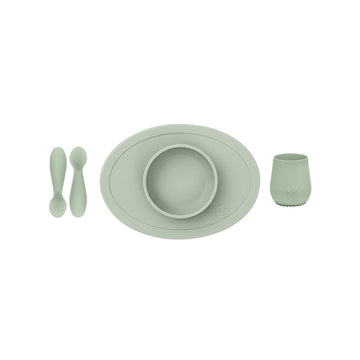
4.56 / 5.0
(9) 9 total reviews
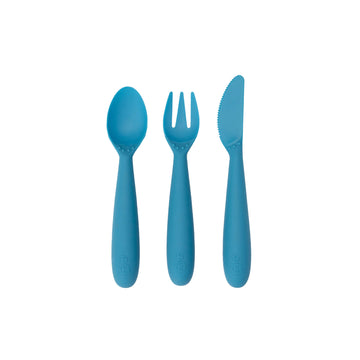
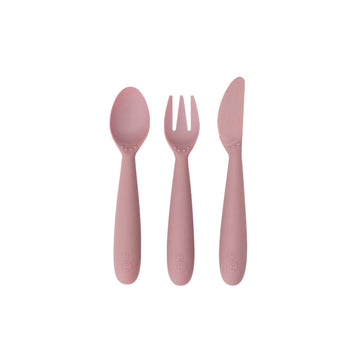
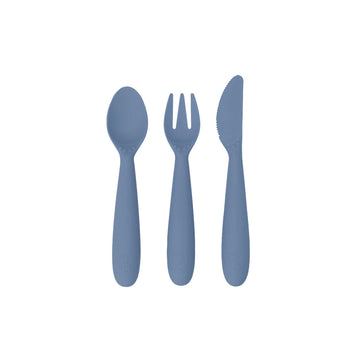
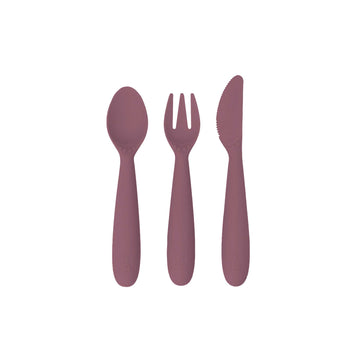

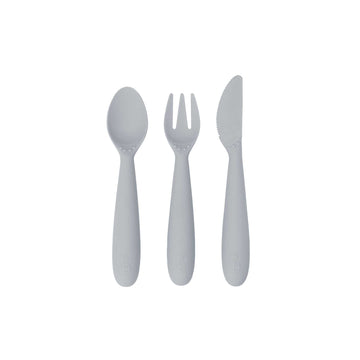
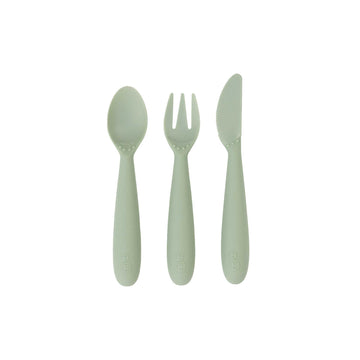
5.0 / 5.0
(1) 1 total reviews







5.0 / 5.0
(1) 1 total reviews
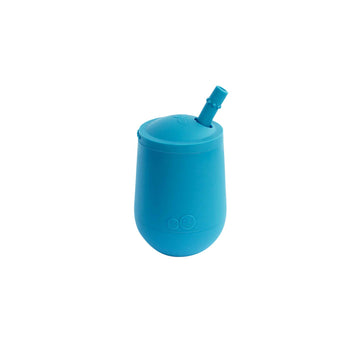
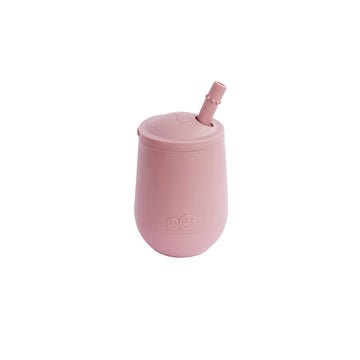
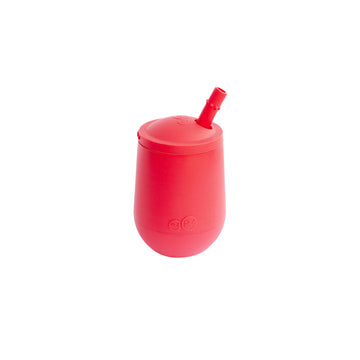
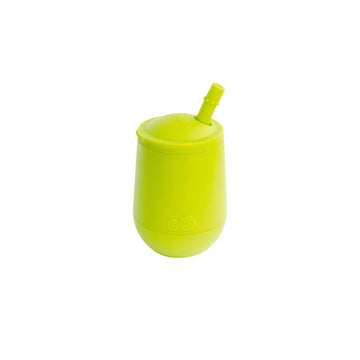
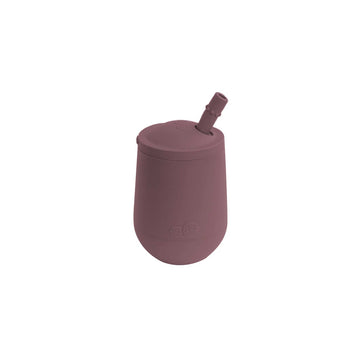
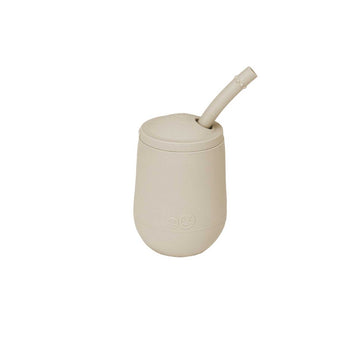
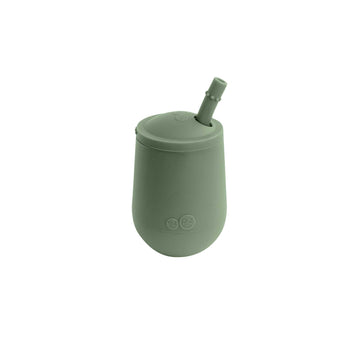
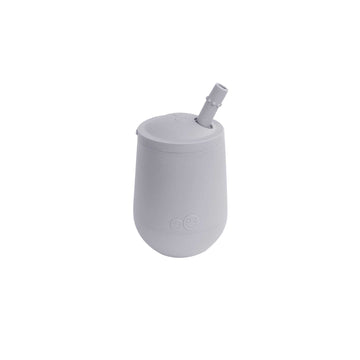

4.47 / 5.0
(165) 165 total reviews









4.47 / 5.0
(165) 165 total reviews
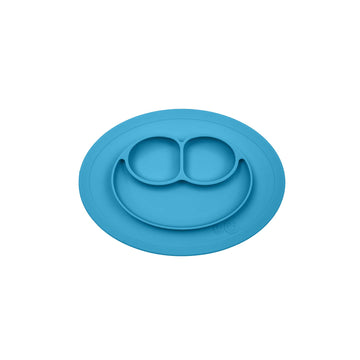
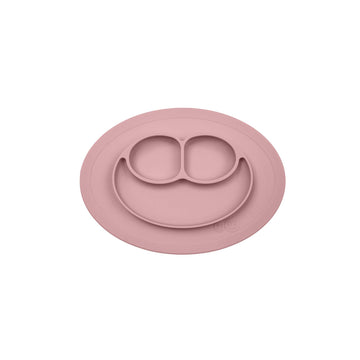
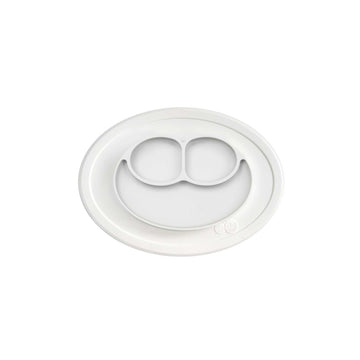
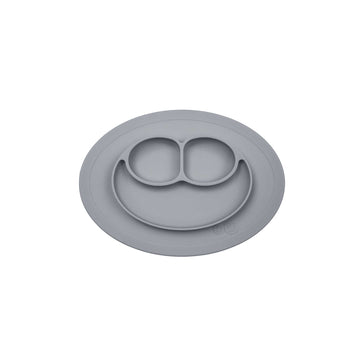
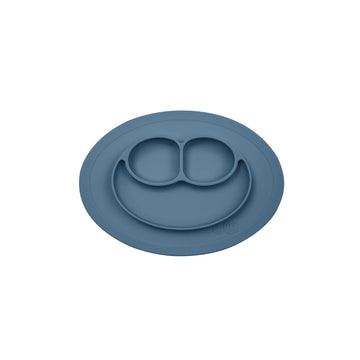
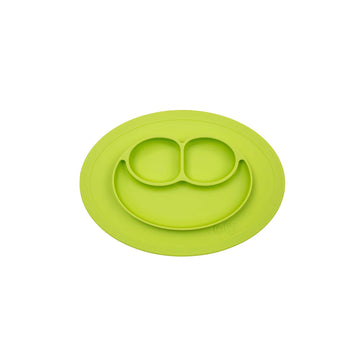
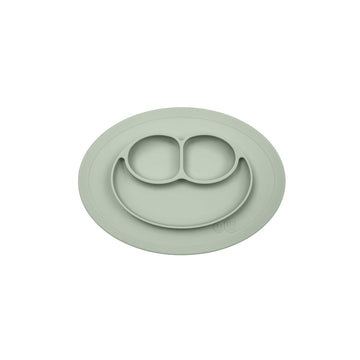
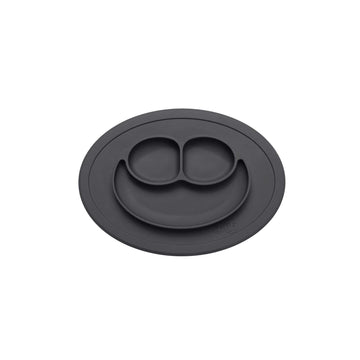
4.39 / 5.0
(247) 247 total reviews








4.39 / 5.0
(247) 247 total reviews
Choosing ezpz means making mealtime easier, safer, and more fun for you and your little one. ezpz's baby, toddler and preschooler feeding products are designed by experts who truly understand what kids need at each stage of their development. With features that help minimize mess and encourage independence,ezpz products turn mealtime into a positive experience.Plus, they’re committed to the highest safety standards, so you can trust that their products are not only practical but also safe for your child.
When starting solids with your infant, you can use the traditional method, the baby led weaning (BLW) approach, or a combination of both feeding styles. But, ultimately, baby chooses the method. Starting solids takes patience, practice and repetition - just like everything else in parenting.
Regardless of which method you choose, the ezpz First Foods Set is a good purchase, it contains the Tiny Bowl, Tiny spoons and Tiny Cup. If you are offering purees on a spoon, or soft bites in the bowl, this set supports both methods (and makes it easier for everyone.)
Yes! At Hip Mommies, we prioritize sustainability and responsible manufacturing. We carefully select products made from safe, non-toxic materials that are designed to be durable and reusable, reducing waste. Our packaging is also recyclable or compostable. We partner with brands that share our commitment to the environment, ensuring that our products are not only safe for your baby but also kind to the planet. Additionally, ourRebuy, ReLove, ReCycle Programencourages recycling and proper disposal of products.
Sign up for our newsletter for discounts, baby feeding tips, and to be the first to know about new and relove goods.
